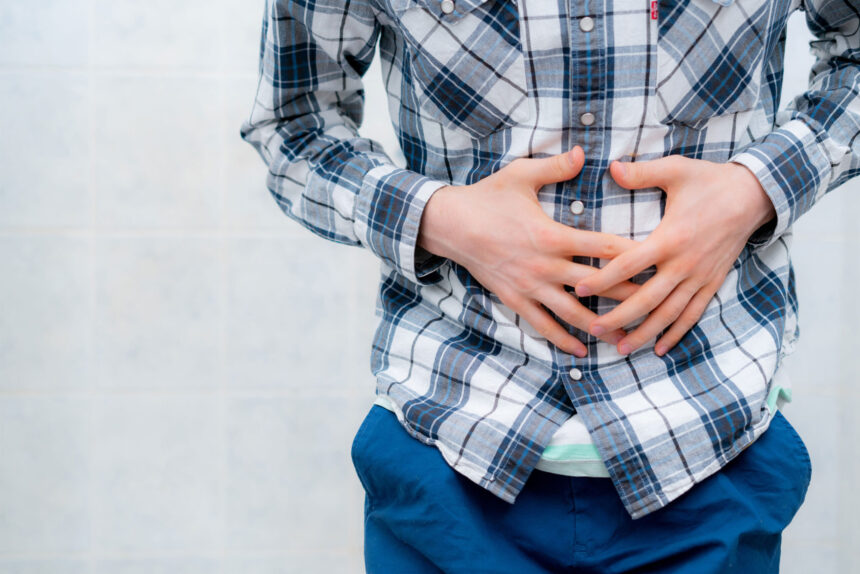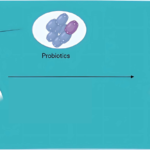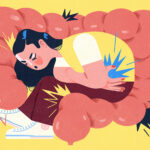For people living with IBS-D (diarrhea-predominant irritable bowel syndrome), the world can start to feel like a minefield. Every meal is a gamble. Every outing is mapped around bathrooms. And every plan comes with a silent disclaimer: “…if my stomach lets me.”
But what if you could live with IBS-D without it controlling your life? What if science, strategy, and support could help you break free from the bathroom?
This article explores how to manage IBS-D so you can regain confidence, reduce symptoms, and enjoy more freedom — one day at a time.
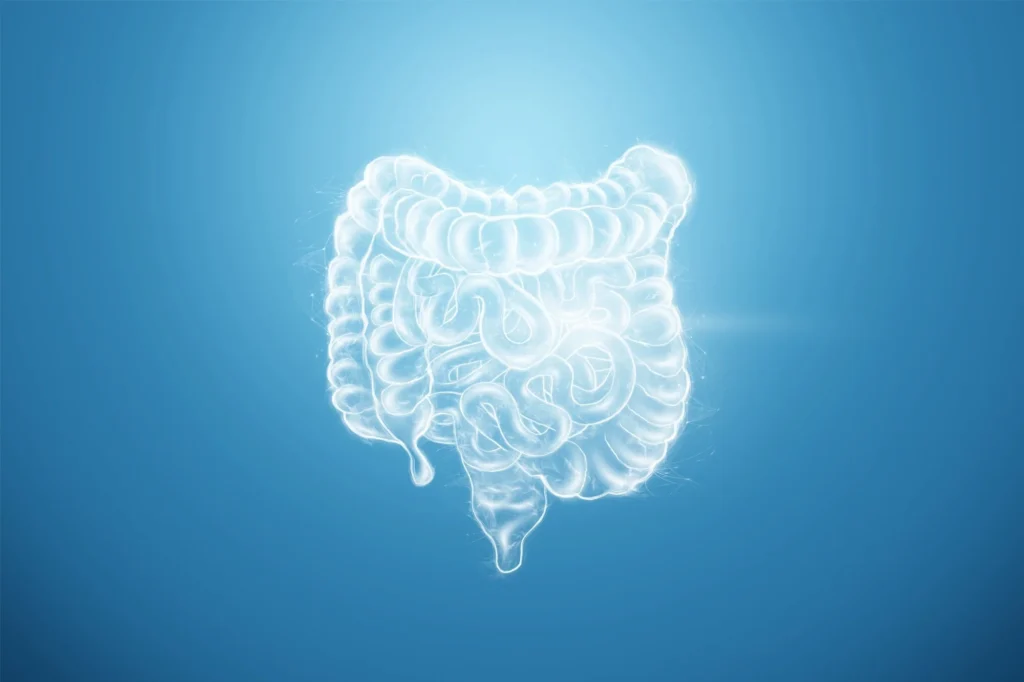
What Is IBS-D, and Why Does It Happen?
IBS-D is a subtype of irritable bowel syndrome where diarrhea is the dominant symptom. Other symptoms may include:
- Sudden urgency to use the restroom
- Frequent, loose stools (often multiple times per day)
- Cramping, bloating, or abdominal pain
- Gas or incomplete evacuation
- Anxiety around eating or going out
The exact cause of IBS-D is multifactorial. Some of the leading contributors include:
- Inflammation or leaky gut
- Gut microbiome imbalance (overgrowth of bacteria like Klebsiella or Pseudomonas)
- Food sensitivities (especially to FODMAPs, gluten, or dairy)
- Post-infectious IBS from food poisoning or GI infections
- Stress and brain-gut axis dysregulation
- Small intestinal bacterial overgrowth (SIBO)
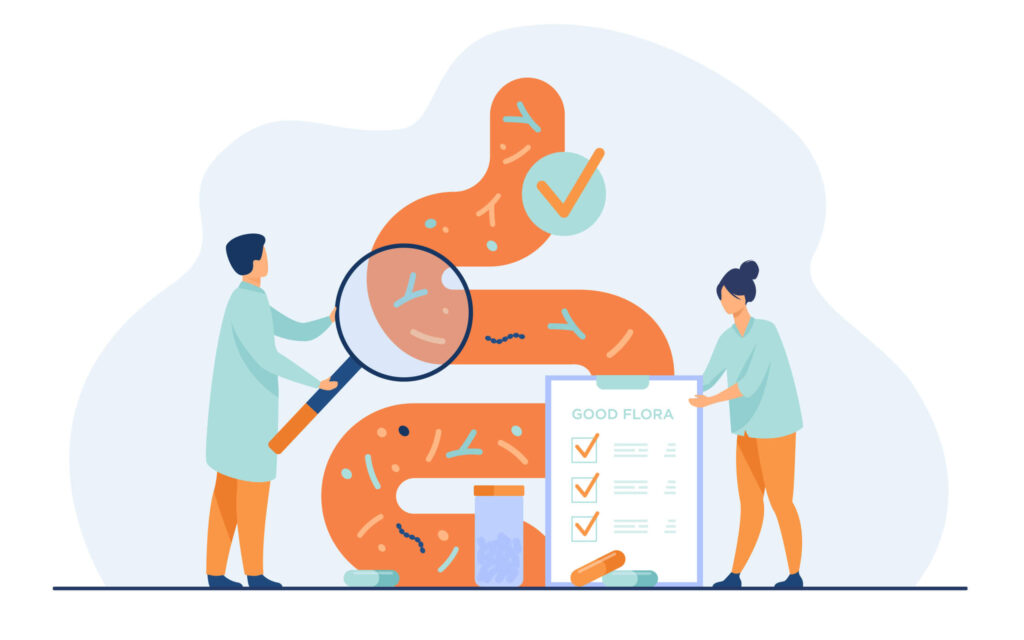
Why IBS-D Is So Mentally Draining
It’s not just physical discomfort — IBS-D creates emotional captivity. Many people feel:
- Fear of leaving the house without restroom access
- Shame or embarrassment in social settings
- Isolation due to dietary restrictions or bathroom anxiety
- Guilt for canceling plans or needing accommodations
This emotional burden often leads to a vicious cycle: stress triggers symptoms, and symptoms increase stress. That’s why real IBS-D treatment must address both biology and mindset.
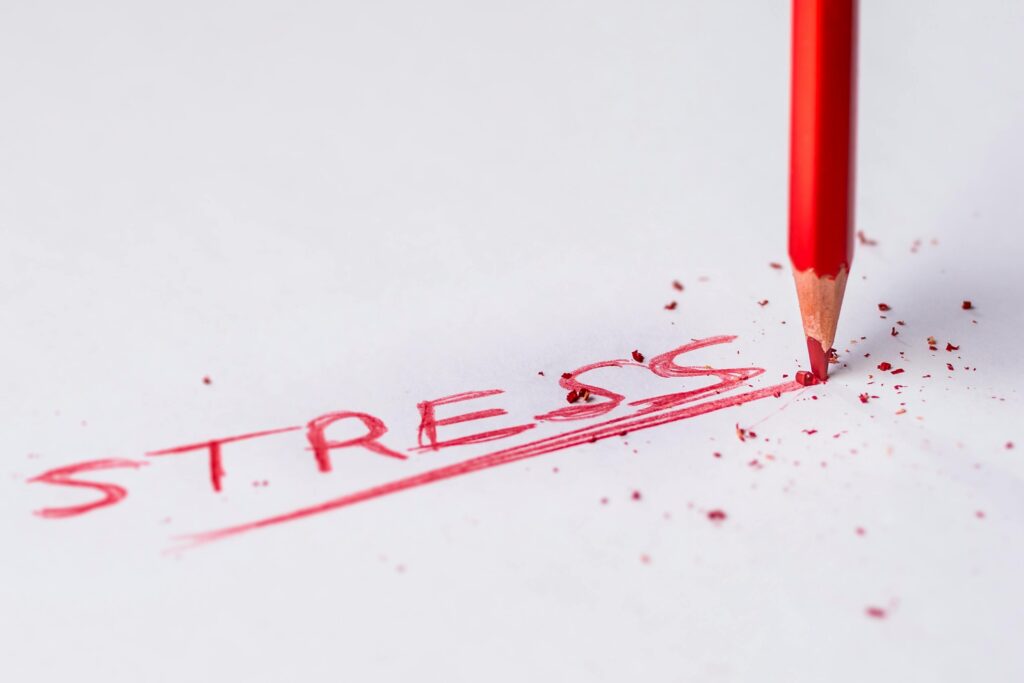
Can You Actually Live Freely With IBS-D?
Nobody enjoys looking at an ugly web page. Garish colors, cluttered images and distracting animation can all Yes — but it takes more than just cutting out a few foods or taking anti-diarrhea meds. True freedom comes from understanding your unique triggers and healing your gut, not just masking symptoms.
Here’s how:
5 Science-Backed Strategies to Manage IBS-D and Regain Control
1. Reset Your Gut Microbiome
Research shows that IBS-D often stems from an imbalance in gut bacteria or low microbial diversity.
🔬 A stool or breath test can reveal if you have:
- SIBO (Small Intestinal Bacterial Overgrowth)
- Candida or yeast overgrowth
- Pseudomonas, Klebsiella, or other disruptive microbes
🦠 Targeted probiotics, like spore-based probiotics, help regulate gut flora without triggering bloating or discomfort (see below for GutShield).
2. Identify Food Triggers (But Don’t Stay on a Restrictive Diet Forever)
Common IBS-D food triggers include:
- Lactose and dairy proteins
- Gluten
- High FODMAP foods (like onions, garlic, apples, and beans)
- Caffeine, alcohol, and artificial sweeteners
Start with a short-term elimination strategy (e.g., low-FODMAP), but the goal is to reintroduce and personalize your diet with a practitioner’s guidance. Long-term restriction can harm your gut microbiome.
3. Support Digestion with the Right Supplements
Depending on your underlying cause, you may benefit from:
- Spore-based probiotics to restore balance
- Digestive enzymes to help break down food
- Binders to absorb irritants or toxins
- Antimicrobial herbs (like berberine or oregano oil for bacterial overgrowth)
Note: Always work with a functional GI specialist before starting a supplement protocol.
4. Calm the Gut-Brain Axis
Chronic stress fuels IBS-D. Studies show that people with IBS have more sensitive nerve endings in the gut, making them react more intensely to everyday stimuli.
Tools to calm the gut-brain axis:
- Diaphragmatic breathing
- Yoga and gentle movement
- Cognitive behavioral therapy (CBT)
- Gut-directed hypnotherapy
- Mindful eating practices
5. Upgrade to Targeted Probiotics
Most store-bought probiotics die in stomach acid or worsen bloating. Spore-based probiotics, like Bacillus coagulans or Bacillus subtilis, survive the digestive journey and thrive in the small intestine — where IBS-D often originates.
Why GutShields Liquid Spore Probiotic Is Game-Changing for IBS-D
GutShields Liquid Spore Probiotic is different from conventional probiotics:
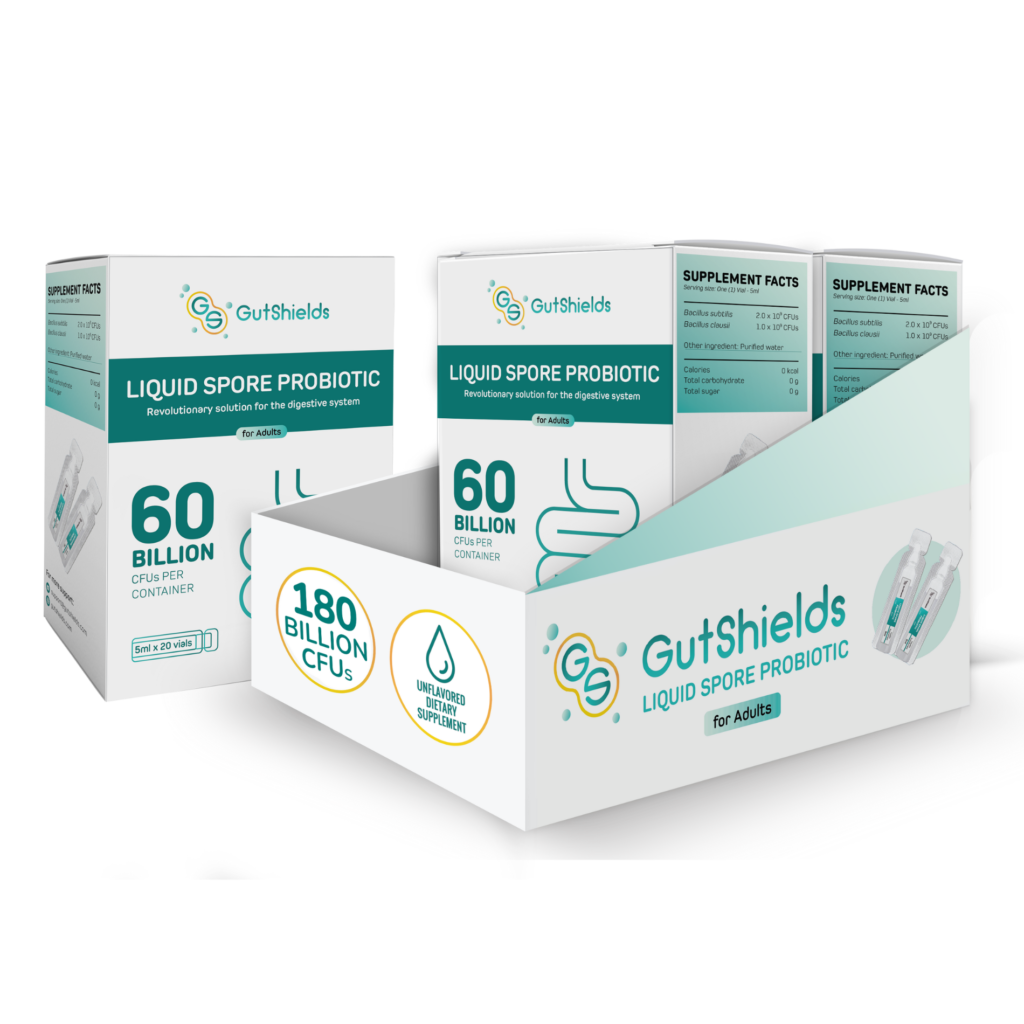
✅ Survives stomach acid and reaches the intestines intact
✅ Targets harmful bacteria and overgrowth
✅ Reduces diarrhea, gas, and urgency
✅ Supports long-term microbiome health and resilience
✅ Gentle and safe for daily use
For people with IBS-D, GutShield isn’t just a probiotic — it’s a path to freedom.
Final Thoughts: Living with IBS-D Doesn’t Mean Living in Fear
IBS-D can make you feel out of control — but that doesn’t have to be your story.
🎯 With the right tools, tests, and targeted support, you can:
- Reduce urgency and frequency
- Understand and treat the root cause
- Eat with confidence again
- Travel, work, and socialize without constant worry
Whether you’re newly diagnosed or feeling stuck after years of trial and error — there is a path forward.
And we’re here to help you walk it.


